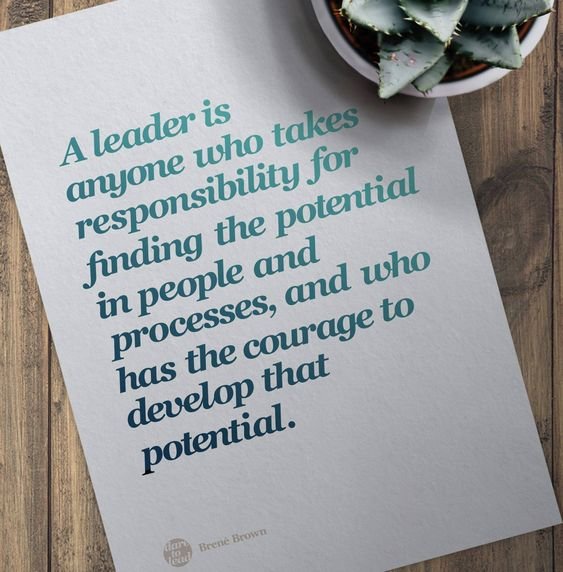Absolutely your most important meeting: Increase your leadership impact with every 1:1 meeting
1:1 Meetings with your direct reports
The relationship and connection we have with our direct line manager are super important. The space and environment that bosses create for their direct reports are crucial for their performance. They’re that' great line - people don’t leave jobs - they leave bosses. So whatever way you look at it, the moments you come together for this specific intent hold great potential. Our managers can make or break our days. How you show up for those meetings makes a difference.
1:1 meetings can have many formats or structures. You can use templates or forms to capture notes or not. The main thing about 1:1 meetings is that they are all about the direct report. If that's you - this is your meeting. If you are the boss then this is the meeting for you to hear from them. When I'd have my 1:1 meeting with my boss, sometimes I'd have a list of issues and things I needed to move forward on. Sometimes I wanted to troubleshoot a problem I was dealing with and seek mentoring and coaching. Sometimes it was an 'I'm lost and out of control and I need to get back on track' conversation. All of those needed a space of safety for me to readily bring what was most important to me to the meeting.
Things I've learned from being the boss included not changing, cancelling or moving the meetings. It sends a message that these meetings aren't important, which can infer that the person isn't important. Not a great start if you want to hear from them, build trust and create safety. Not checking your phone, or even if you can, not having it on the table, is one of the guidelines I try very hard to stick with. I feel it's sad to have to point it out, but I remember that feeling so well, as I struggled to explain a problem I had as a new leader and my boss kept looking at their phone and responding to texts. I felt worthless. I never formed a strong and trusted relationship with that person.
Over the years, I've had a range of bosses, some good, some not-so-good and some great.
You'll be the same, think back now over the managers you've had. What made them great? What were some of the habits or behaviours that you swore you'd never pick up?
One thing I tried to do, but is a place I have to work on, was consistency in how the meeting would run. So that the format of the meeting and the expectations are understood and valuable to the person. They know what to expect when they turn up, and this creates a sense of certainty which the SCARF model reminds us is a way to support a sense of safety. The biggest downside in having me as a boss is that I was always testing and trying things - so if I had learnt something new or wanted to try a new thing, I'd try and let them know, seek permission for me to try a new question or new approach. I'd try, I don't think I always got that right.
When you have a lot of direct reports catching up with them all is a real challenge, someone shared with me (in a 1:1 of course) that they were using the 5-minute 1:1 model. An approach designed to get the most from the time and ensure they had effective catch-up and still relayed a sense of support. This model starts with explaining that goal and getting the agreement with the concept and any tweaks they'd like to add. Then you design a set of questions that you'll use to have an effective time. Design them together - keep the premise that the direct report creates the agenda.
Example questions you could use:
What's top priority this week?
What's getting in the way of you achieving that?
What's a solution to that?
What's been your win of the week?
Who's made you smile this week?
How happy have you been this week?
What's going well?
What do you need from me? your
You can also try this method or a series of questions in your 1:1 with your boss. This gives you a structure that can help you take a lead in how you communicate, keep your boss in the loop and allow you to reflect a little on what's going on in the world and pin it down to specifics and actions to help keep you moving forward.
Remember though that 1:1 meetings are not a space for reporting on KPIs and tracking progress on a project. It’s one of the only ways you have to unearth what’s actually going on in your team, and what your direct report employee is thinking and feeling. They need to be frequent and informal. I'd often walk or go for a coffee. I'd really prefer to go to them, rather than they come to me.
This is a real challenge, as we get trapped in our busy days. I try and remember - I'm there to serve them - my job is to help them do my job and if I feel busy as the boss, they probably feel busier - so make the effort and go to them. It's also the place for you to get feedback, not give it. Have questions or prompts that enable your direct report to give you feedback on what you can do (more of, less of or do differently) to help them.
To sum up
1:1 meetings are about your direct report, not you
Agree together on the frequency, and length of time you meet for.
Listen to what works for them, and then you adapt.
Create some consistency, certainty and safety.
Have a go-to list of questions.
Don’t regularly cancel or re-arrange.
Listen.

